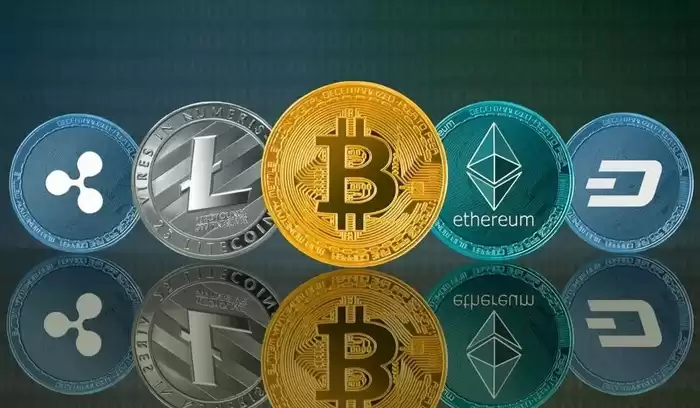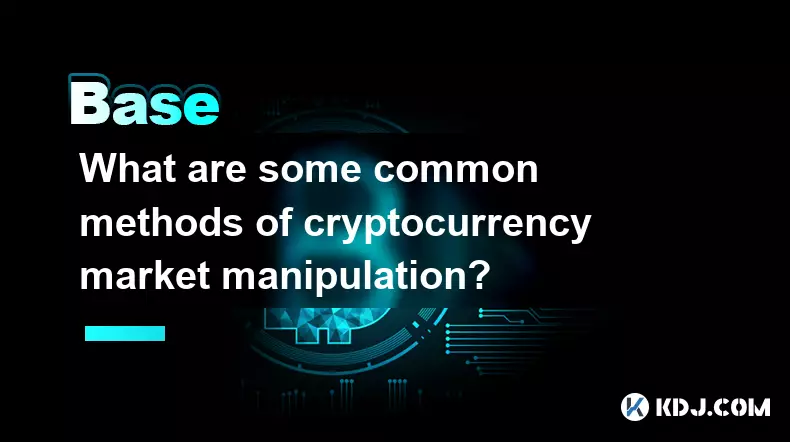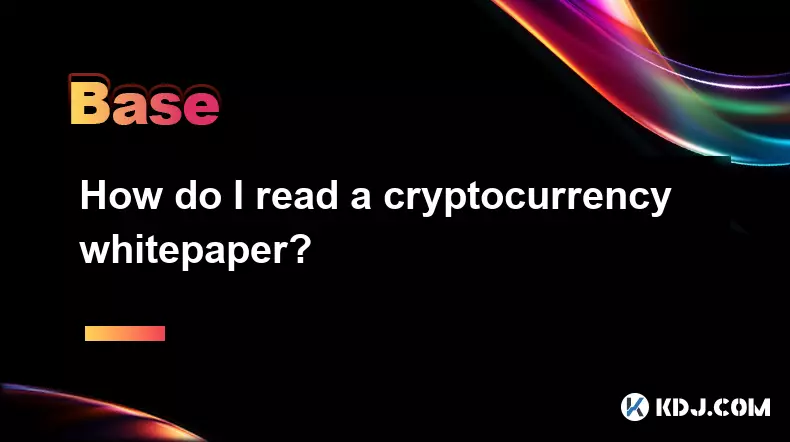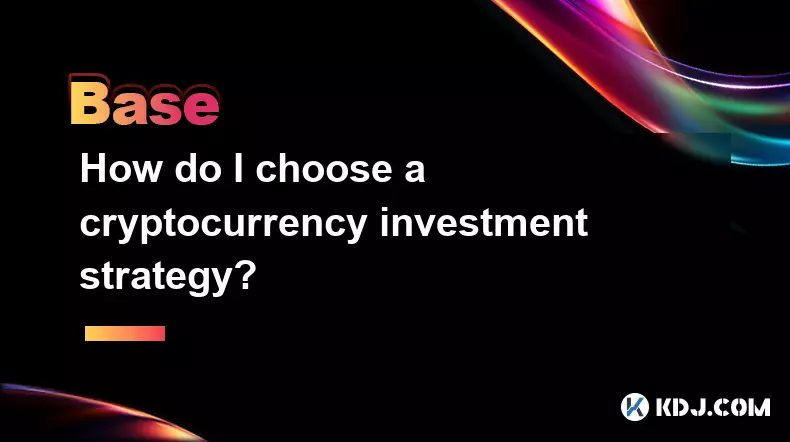-
 bitcoin
bitcoin $114779.865156 USD
2.30% -
 ethereum
ethereum $4226.519789 USD
2.39% -
 tether
tether $1.000545 USD
0.04% -
 xrp
xrp $2.890223 USD
0.92% -
 bnb
bnb $1030.029301 USD
2.95% -
 solana
solana $212.824944 USD
1.69% -
 usd-coin
usd-coin $0.999757 USD
0.01% -
 dogecoin
dogecoin $0.234961 USD
-0.27% -
 tron
tron $0.337174 USD
0.42% -
 cardano
cardano $0.804783 USD
0.09% -
 hyperliquid
hyperliquid $45.748770 USD
-2.85% -
 chainlink
chainlink $21.699170 USD
0.82% -
 ethena-usde
ethena-usde $1.001452 USD
0.08% -
 avalanche
avalanche $30.237800 USD
1.14% -
 stellar
stellar $0.372604 USD
1.52%
How Does Active Management Apply to the Crypto World?
In the decentralized crypto realm, active management leverages market data, on-chain analytics, and various strategies to identify undervalued assets, exploit inefficiencies, and achieve specific investment objectives
Oct 16, 2024 at 09:23 pm

Active management is an investment strategy that involves selecting and managing a portfolio of assets based on research and analysis, aiming to outperform a benchmark or achieve specific investment goals. In traditional finance, active managers engage in stock picking, bond selection, and other investment decisions.
2. Active Management in CryptocurrencyIn the realm of cryptocurrency, active management involves similar principles but with unique characteristics:
Decentralized Market: Crypto markets operate on decentralized blockchain networks, eliminating the role of traditional financial intermediaries.
High Volatility: Cryptocurrency markets are highly volatile, presenting both opportunities and risks for active management.
Data Availability: Access to real-time market data and on-chain analytics empowers active managers in making informed decisions.
Active managers in the crypto world employ various strategies to outperform or achieve specific goals:
Fundamental Analysis: Evaluating blockchain fundamentals, tokenomics, team, and market sentiment.
Technical Analysis: Analyzing market trends, patterns, and price action using charting tools.
Quantitative Analysis: Using algorithms and statistical models to identify trading opportunities.
Arbitrage: Exploiting price differences between exchanges or assets.
Yield Farming: Staking or lending crypto assets to earn rewards and enhance portfolio returns.
Outperform the Market: Active management can potentially generate higher returns than passive investing by identifying undervalued assets or exploiting market inefficiencies.
Control and Customization: Active managers can tailor portfolios to specific risk tolerance, investment goals, and market conditions.
Risk Mitigation: By diversifying across different cryptocurrencies and strategies, active management can help mitigate portfolio volatility.
Expertise and Skill: Active management requires significant expertise in cryptocurrency markets and a deep understanding of blockchain technology.
Fees and Expenses: Active management strategies may involve fees and expenses, potentially reducing overall returns.
Tax Implications: Cryptocurrency investments can have unique tax implications that active managers need to be aware of.
Active management can be a powerful tool in the crypto world, offering opportunities to outperform the market, customize portfolios, and enhance returns. However, it requires expertise, diligence, and an understanding of the unique characteristics of cryptocurrency markets. Investors considering active management should carefully evaluate their risk tolerance, investment goals, and the potential benefits and drawbacks of this strategy.
Disclaimer:info@kdj.com
The information provided is not trading advice. kdj.com does not assume any responsibility for any investments made based on the information provided in this article. Cryptocurrencies are highly volatile and it is highly recommended that you invest with caution after thorough research!
If you believe that the content used on this website infringes your copyright, please contact us immediately (info@kdj.com) and we will delete it promptly.
- BlockDAG, DOGE, HYPE Sponsorship: Crypto Trends Shaping 2025
- 2025-10-01 00:25:13
- Deutsche Börse and Circle: A StableCoin Adoption Powerhouse in Europe
- 2025-10-01 00:25:13
- BlockDAG's Presale Buzz: Is It the Crypto to Watch in October 2025?
- 2025-10-01 00:30:13
- Bitcoin, Crypto, and IQ: When Genius Meets Digital Gold?
- 2025-10-01 00:30:13
- Stablecoins, American Innovation, and Wallet Tokens: The Next Frontier
- 2025-10-01 00:35:12
- NBU, Coins, and Crypto in Ukraine: A New Yorker's Take
- 2025-10-01 00:45:14
Related knowledge

How does cryptocurrency achieve decentralization?
Sep 30,2025 at 04:37am
Understanding the Foundation of Decentralization in Cryptocurrency1. Cryptocurrency achieves decentralization primarily through the use of blockchain ...

What are some common methods of cryptocurrency market manipulation?
Sep 27,2025 at 02:55am
Wash Trading and Its Impact on Market Perception1. Wash trading involves an individual or entity simultaneously buying and selling the same cryptocurr...

How do I read a cryptocurrency whitepaper?
Sep 27,2025 at 05:54am
Understanding the Structure of a Cryptocurrency Whitepaper1. Begin by identifying the executive summary, which outlines the project’s core vision and ...

Can I recover lost cryptocurrency?
Sep 25,2025 at 08:18am
Understanding the Nature of Cryptocurrency Loss1. Cryptocurrency operates on decentralized networks, meaning there is no central authority to reverse ...

How do I choose a cryptocurrency investment strategy?
Sep 27,2025 at 03:55pm
Understanding Risk Tolerance in Crypto Investing1. Assessing personal risk tolerance is a foundational step when entering the cryptocurrency market. V...

How can I earn passive income from cryptocurrency?
Sep 23,2025 at 10:18am
Staking Cryptocurrencies for Regular Returns1. Many blockchain networks operate on a proof-of-stake (PoS) consensus mechanism, allowing users to earn ...

How does cryptocurrency achieve decentralization?
Sep 30,2025 at 04:37am
Understanding the Foundation of Decentralization in Cryptocurrency1. Cryptocurrency achieves decentralization primarily through the use of blockchain ...

What are some common methods of cryptocurrency market manipulation?
Sep 27,2025 at 02:55am
Wash Trading and Its Impact on Market Perception1. Wash trading involves an individual or entity simultaneously buying and selling the same cryptocurr...

How do I read a cryptocurrency whitepaper?
Sep 27,2025 at 05:54am
Understanding the Structure of a Cryptocurrency Whitepaper1. Begin by identifying the executive summary, which outlines the project’s core vision and ...

Can I recover lost cryptocurrency?
Sep 25,2025 at 08:18am
Understanding the Nature of Cryptocurrency Loss1. Cryptocurrency operates on decentralized networks, meaning there is no central authority to reverse ...

How do I choose a cryptocurrency investment strategy?
Sep 27,2025 at 03:55pm
Understanding Risk Tolerance in Crypto Investing1. Assessing personal risk tolerance is a foundational step when entering the cryptocurrency market. V...

How can I earn passive income from cryptocurrency?
Sep 23,2025 at 10:18am
Staking Cryptocurrencies for Regular Returns1. Many blockchain networks operate on a proof-of-stake (PoS) consensus mechanism, allowing users to earn ...
See all articles










































































